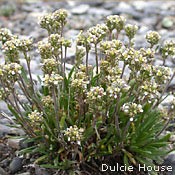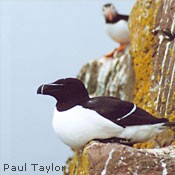Ecological reserves are created for two main purposes:
- To protect representative examples of ecosystems or ecoregions
- To protect unique, rare, or endangered plants, animals, or other elements of our natural heritage
Ecological reserves are smaller than wilderness reserves (generally less than 1,000 km2).
In Newfoundland and Labrador, the majority of our ecological reserves fall into one of three categories: botanical, fossil, or seabird ecological reserves. These are the reserves with the teeming seabird colonies, the globally significant fossils and rock stratotypes, the rare plants and animals.
Representative ecological reserves protect landscapes that contain features characteristic of each natural region in the province. Natural regions are distinguishable by their common natural features, like species, geography, geology and climate.
Ecological reserve management is specific to each reserve and developed in consultation with the public. For example, a botanical ecological reserve may have more restrictions than a representative ecological reserve due to the fragile nature of endangered or threatened plants and their habitat. For more information on reserve management, visit the webpage for that reserve and view the Reserve Management Plan.
Permits are required for commercial operators, educational tours and scientific research. Entry permits are not required for ecological reserves.
 See a list of the province’s wilderness and ecological reserves
See a list of the province’s wilderness and ecological reserves
There are currently 18 ecological reserves in the province:
- Baccalieu Island Ecological Reserve
- Burnt Cape Ecological Reserve
- Cape St. Mary’s Ecological Reserve
- Fortune Head Ecological Reserve
- Funk Island Ecological Reserve
- Gannet Islands Ecological Reserve
- Hare Bay Islands Ecological Reserve
- Hawke Hill Ecological Reserve
 King George IV Ecological Reserve
King George IV Ecological Reserve- Lawn Bay Ecological Reserve
- Little Grand Lake Provisional Ecological Reserve
- Mistaken Point Ecological Reserve
- Redfir Lake – Kapitagas Channel Ecological Reserve
- Sandy Cove Ecological Reserve
- Table Point Ecological Reserve
- Watts Point Ecological Reserve
- West Brook Ecological Reserve
- Witless Bay Ecological Reserve
